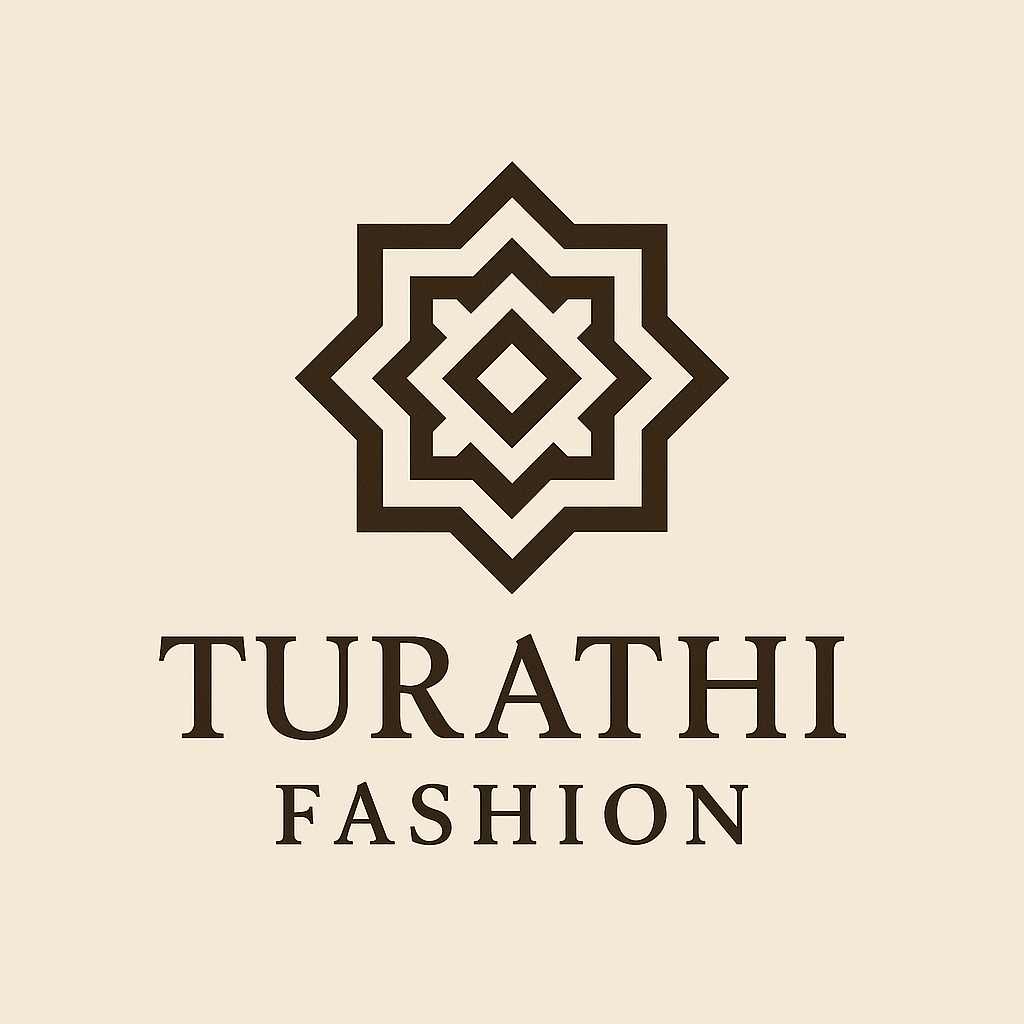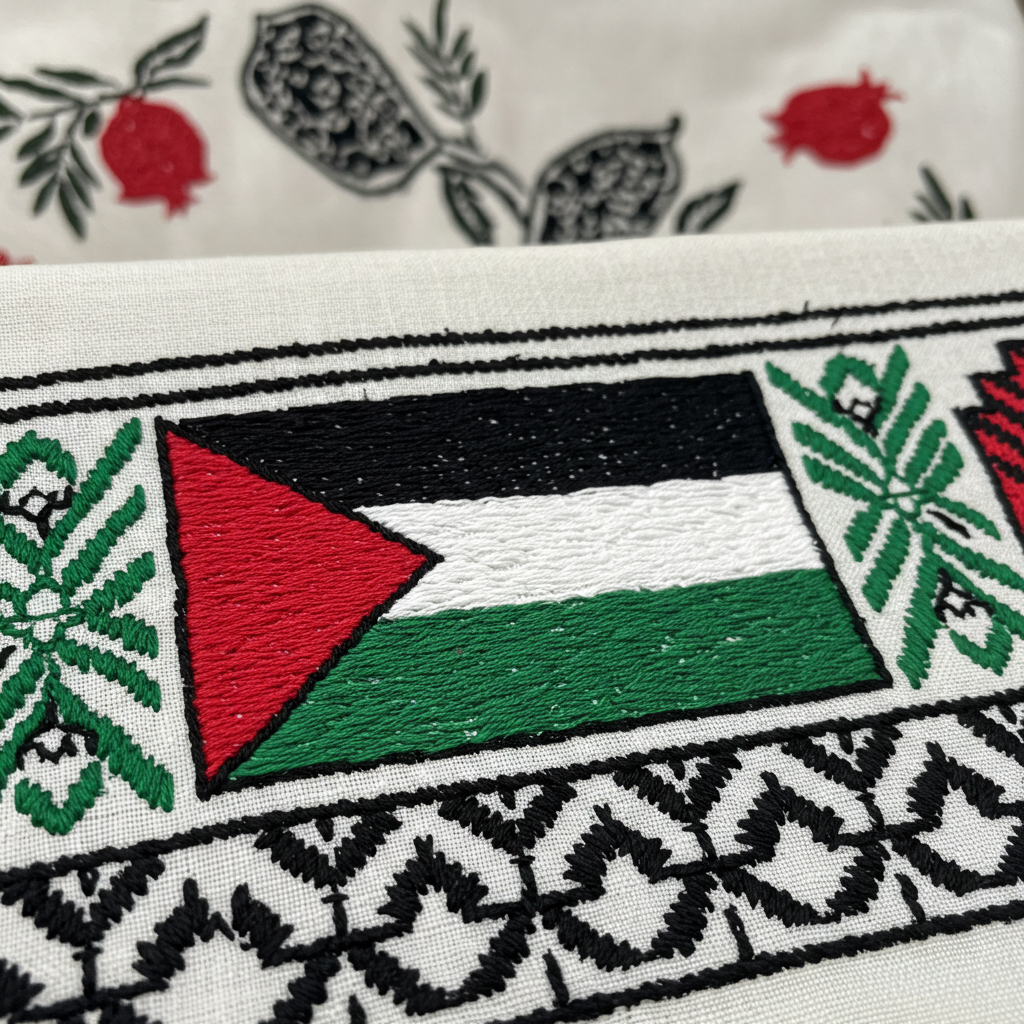Your cart is currently empty!
Tatreez is more than just decoration—it’s a symbol of identity, resistance, and storytelling. For generations, Palestinian women have stitched their heritage into fabric, turning clothing into living art that carries the voice of their culture.
What Is Tatreez?
Tatreez is a traditional form of Palestinian hand embroidery, made up of cross-stitch patterns passed down from mother to daughter. Each stitch is crafted with precision, often forming geometric shapes, floral designs, or symbols inspired by nature.
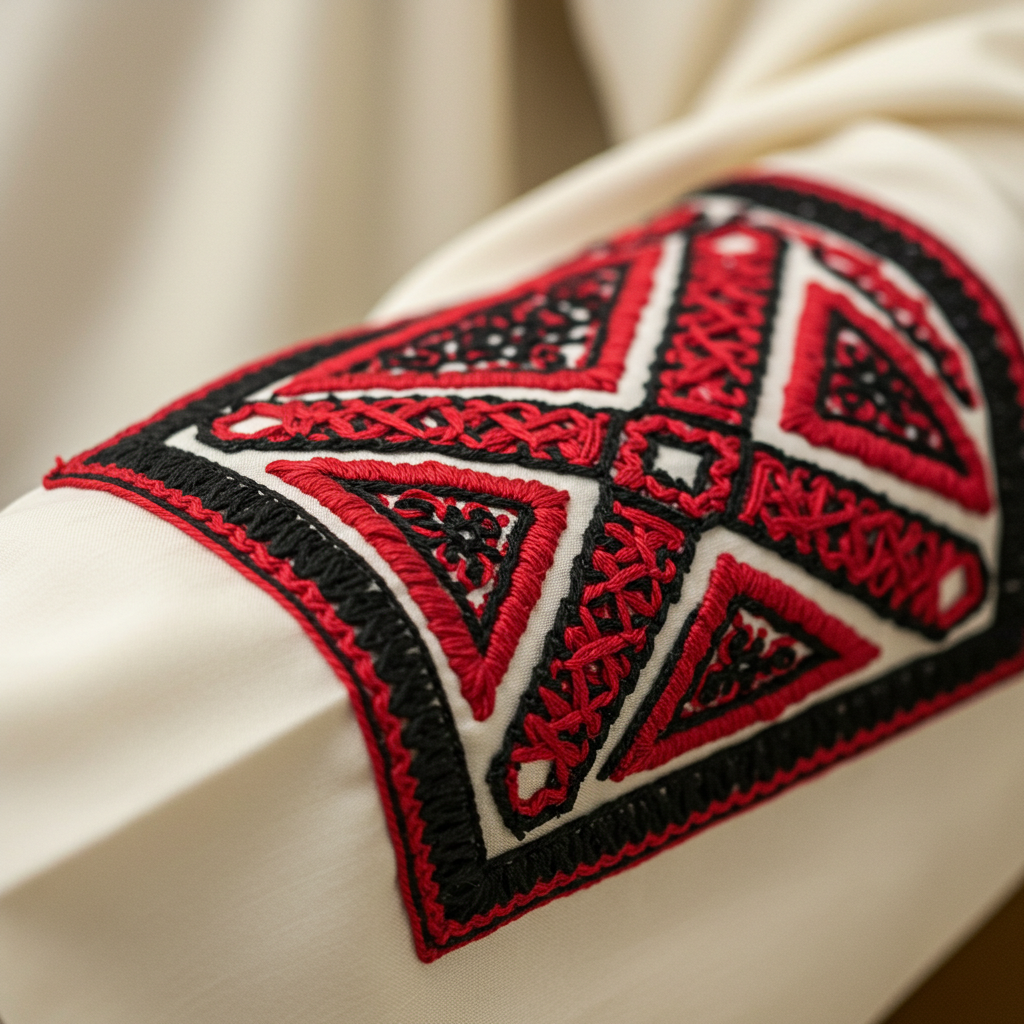
What Does Tatreez Represent?
Every pattern in tatreez has meaning.
From the tree of life to wheat stalks, birds, and stars—each motif tells a story. Many designs also indicate the wearer’s village, marital status, or social role, making each piece deeply personal.
The Role of Women and Memory
Historically, Palestinian women used tatreez to record their lives and express pride in their heritage.
During times of struggle and displacement, embroidery became a quiet act of resistance—a way to hold onto identity when everything else felt uncertain.
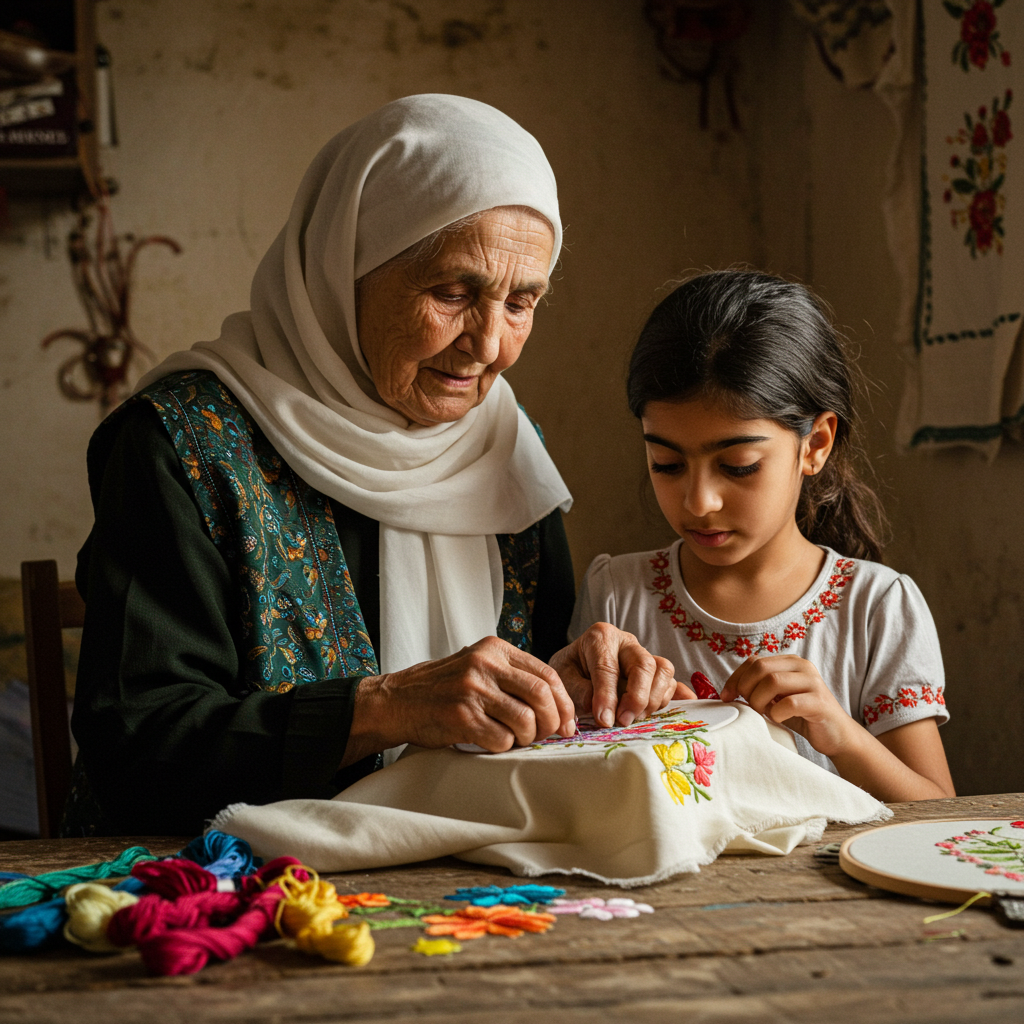
Tatreez in Modern Times
Today, tatreez is being revived as both fashion and activism.
Designers are incorporating it into modern garments like jackets, dresses, and accessories. For many Palestinians—especially in the diaspora—it’s a powerful way to stay connected to their roots.

Honoring Tatreez at Turathi Fashion
At Turathi Fashion, we carry pieces that celebrate this tradition with care and respect.
Our hand-embroidered thawbs are made in collaboration with artisans who preserve the original techniques and designs, ensuring every thread has meaning.
Final Thought
Tatreez is not just an art form—it’s a thread that binds generations of Palestinian women, carrying their stories into the future.
Looking to wear something that carries history, culture, and pride?
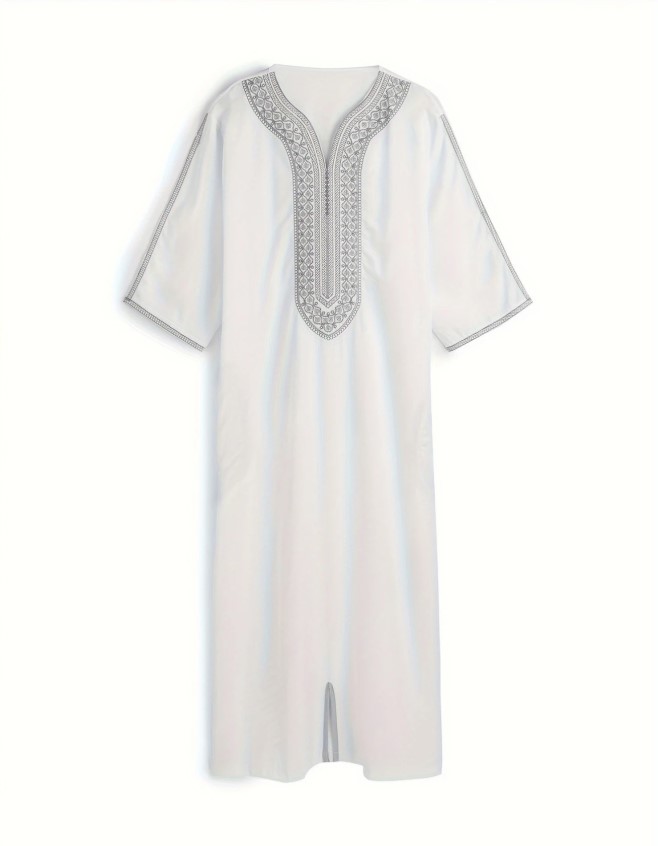
Hand-Embroidered Palestinian Thobe for Women
A stunning hand-embroidered thobe / thawb featuring authentic Palestinian tatreez patterns.
